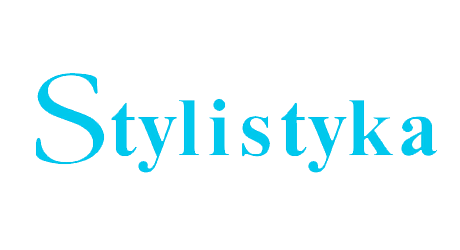

 https://doi.org/10.25167/Stylistyka30.2021.16
https://doi.org/10.25167/Stylistyka30.2021.16
The paper discusses ways of expressing emotions and psychic conditions in phraseological units that contain religious components (душа, бог, ђаво (враг), светац, анђео, Мајка Божија, поп, etc.) like, for example: леп као анђео, ружан као ђаво, искрен као Мајка божија, врага (ђавола) би на леду потковао, расте као да га ђаволи за уши вуку. The author carries out a semantic analysis of phraseological units, including the determination of the main concepts of a person’s physical characteristics (beauty, ugliness, old age, thinness, height, stiffness) and psychological ones (goodness, evil, cunning, sincerity, laziness, etc). Other sets of methods used in this study comprise a componential, as well as historical and etymological analyses of phraseological units. The aim is also to display how much this part of Serbian phraseology reflects Judeo-Christian cultural and historical heritage. Apart from the above-mentioned global phraseological meanings, the tables provided in the paper contain the features of positive and negative connotation, qualification of physical characteristics attitude of the speaker (derisive, derogatory, humorous, etc.), as well as the stylistic aspects: irony (агнец божији, изигравати свеца, не дати Богу штапа да убије врага etc), oximoron (живе мошти), paradox (посветио се к’о Гојко у ћивоту). Phraseological units expressing characteristics of beauty and goodness, as well as honesty, are the only ones having a positive connotation, while the negative one prevails, particularly derogatory qualification of meaning.
Pobierz pliki
Zasady cytowania
Licencja

Utwór dostępny jest na licencji Creative Commons Uznanie autorstwa – Użycie niekomercyjne – Na tych samych warunkach 4.0 Międzynarodowe.